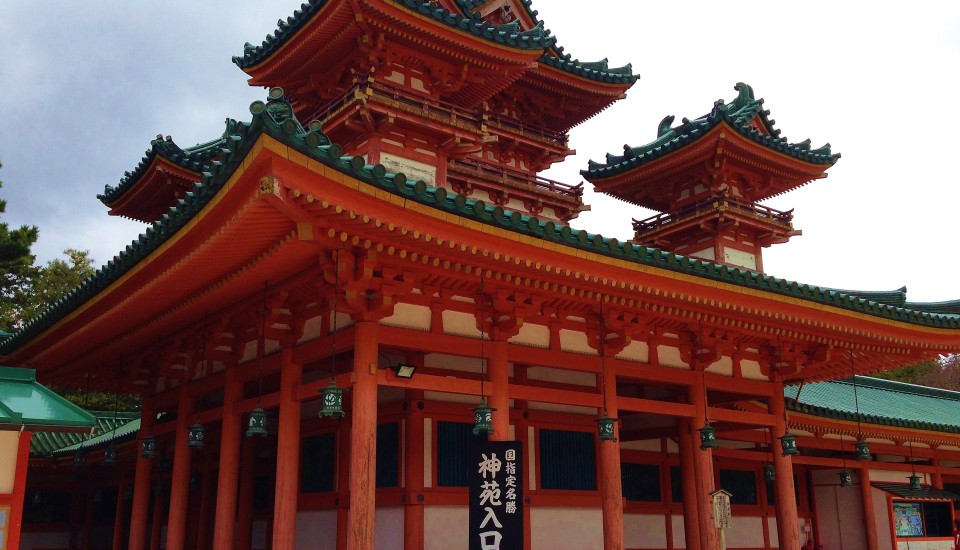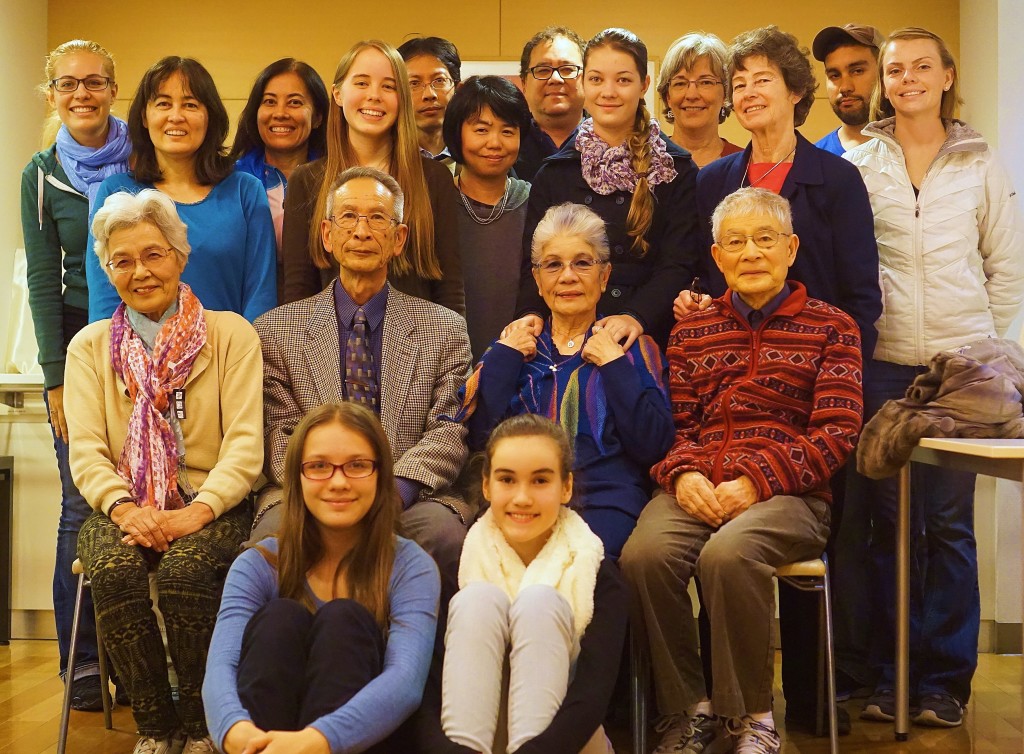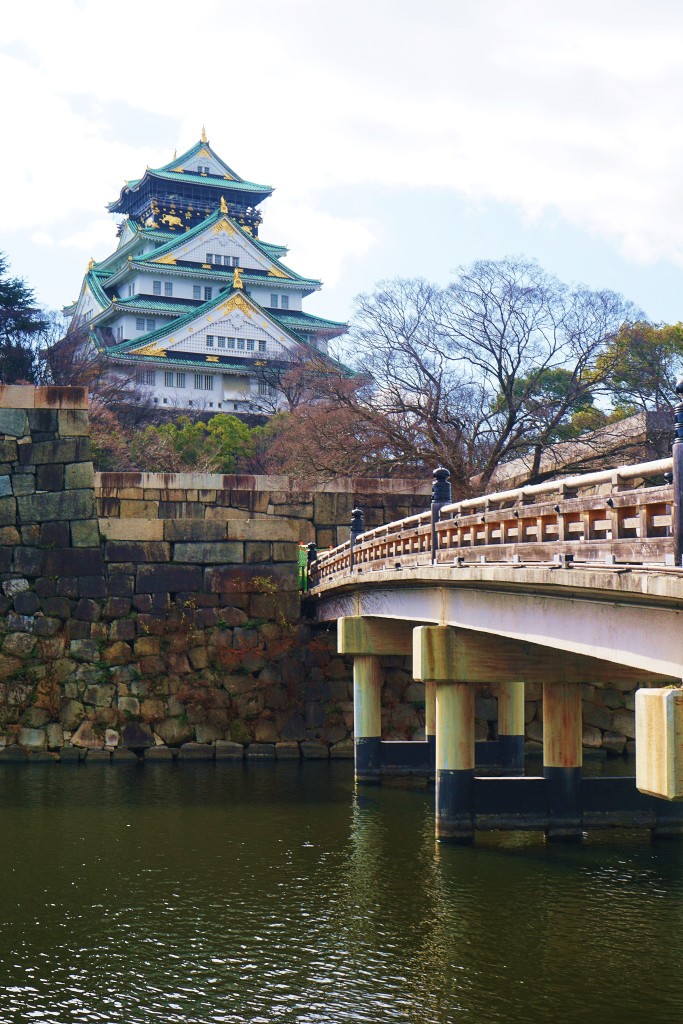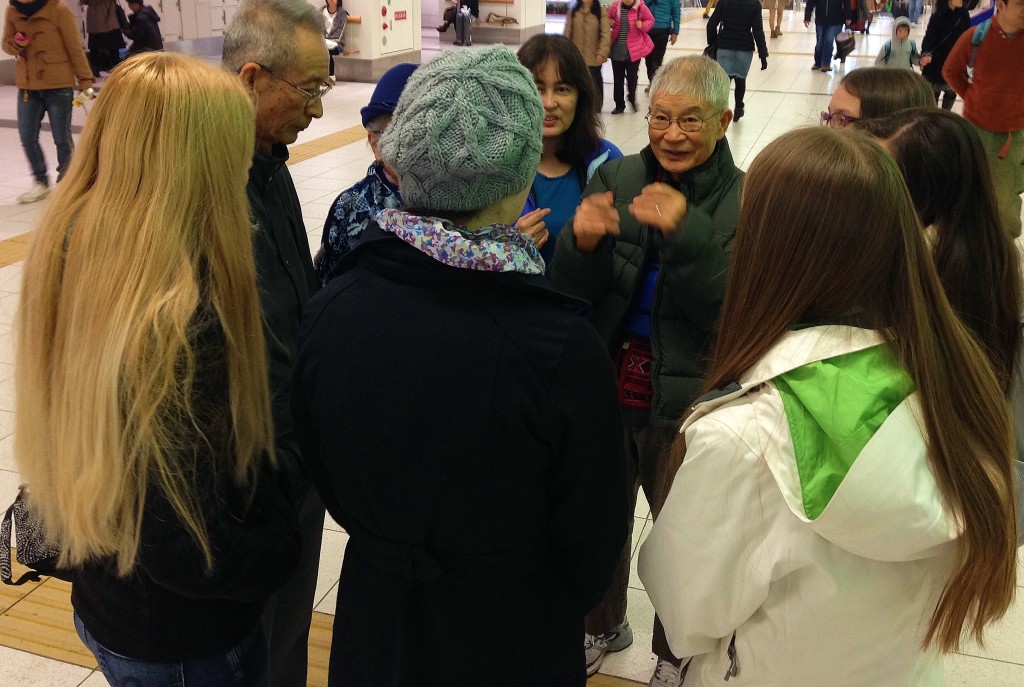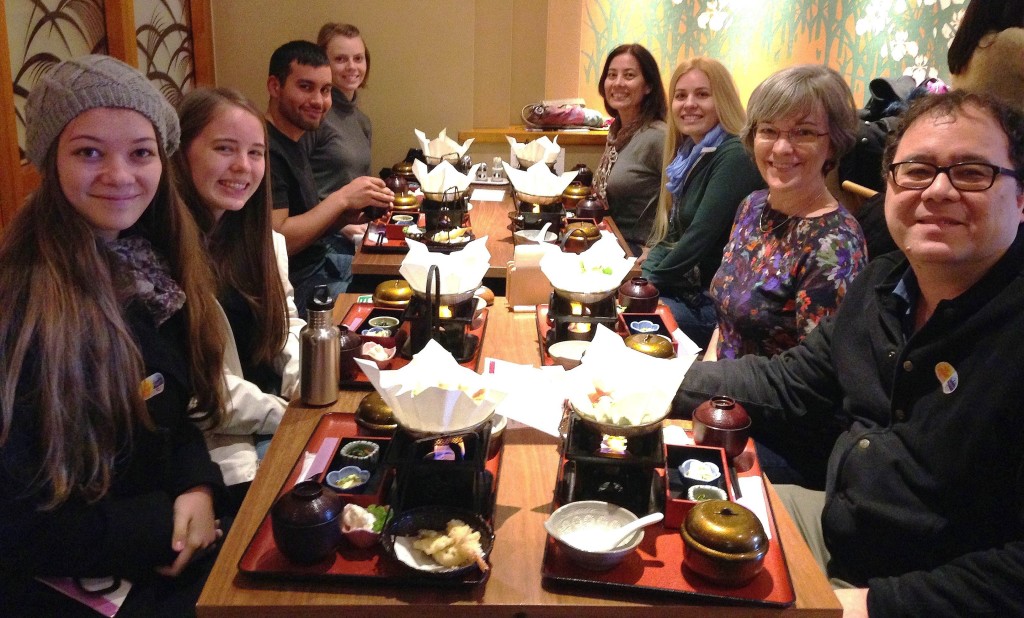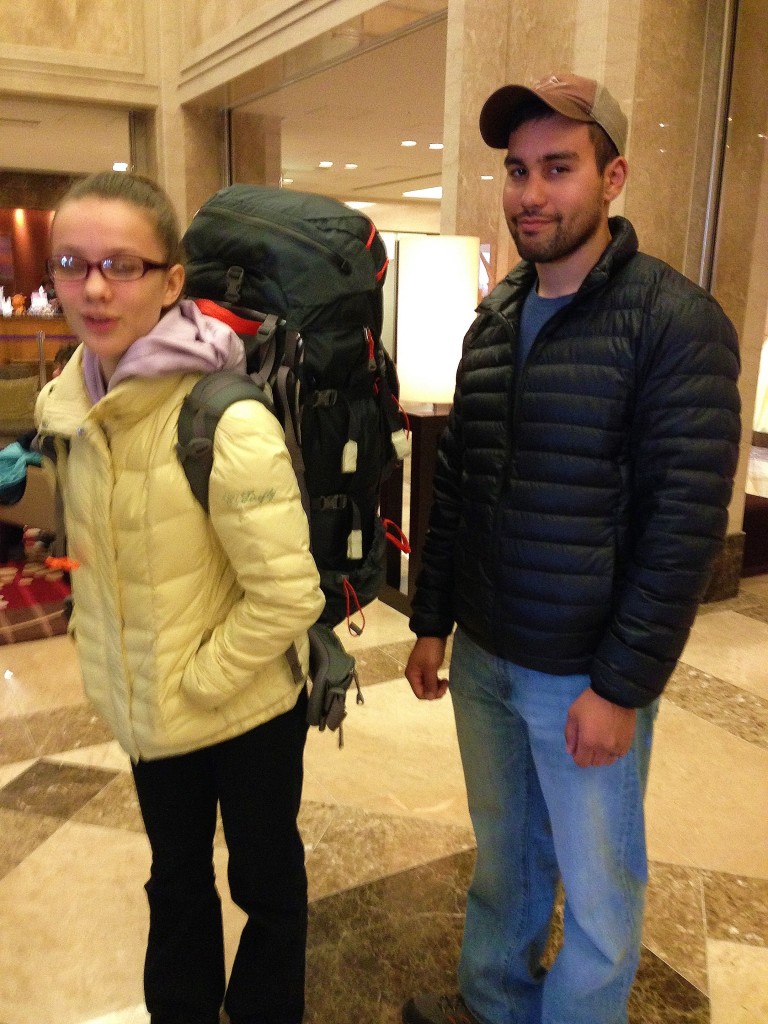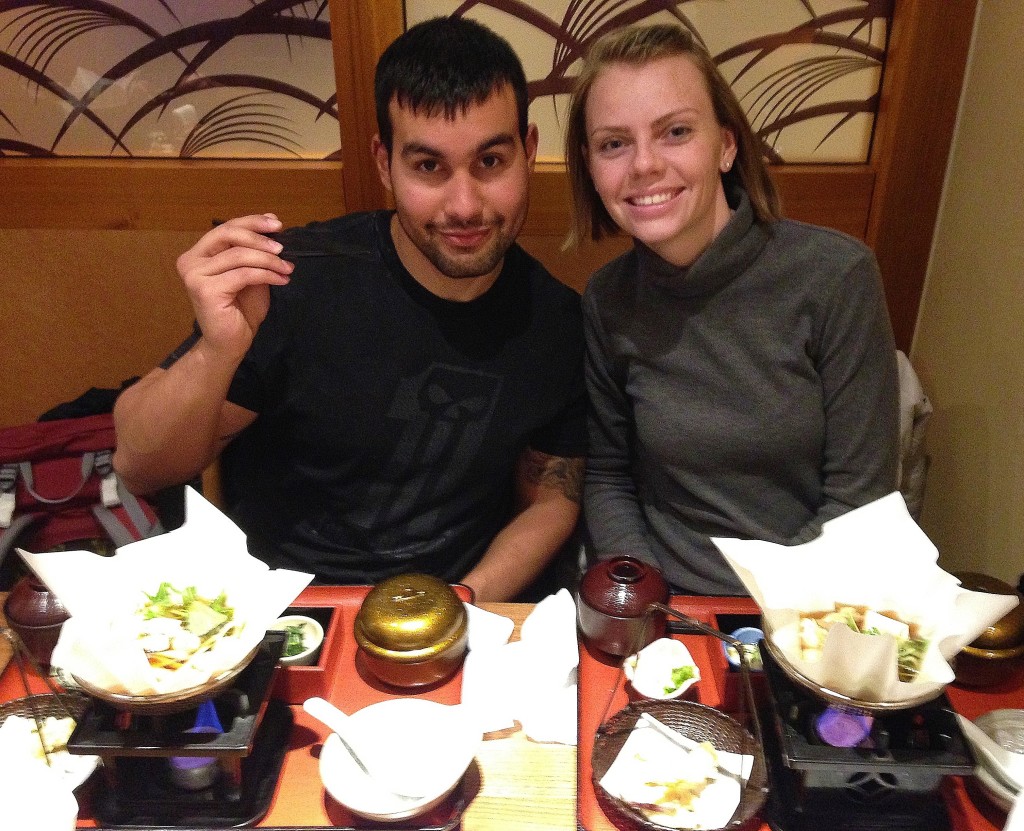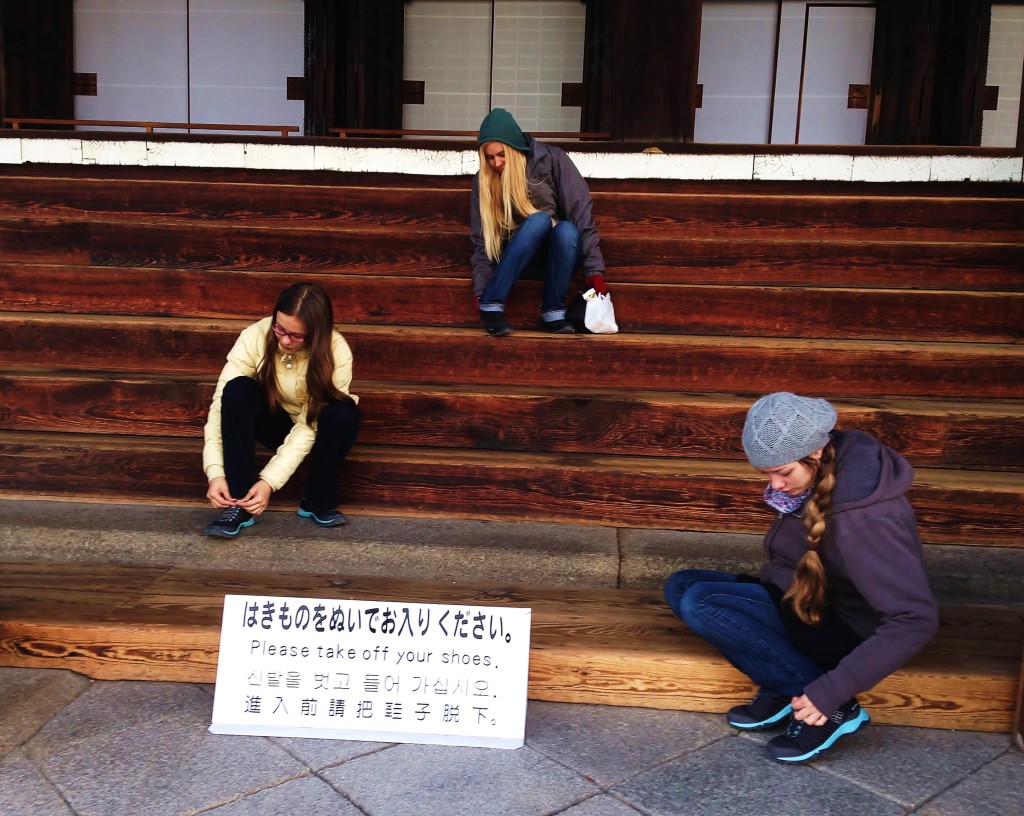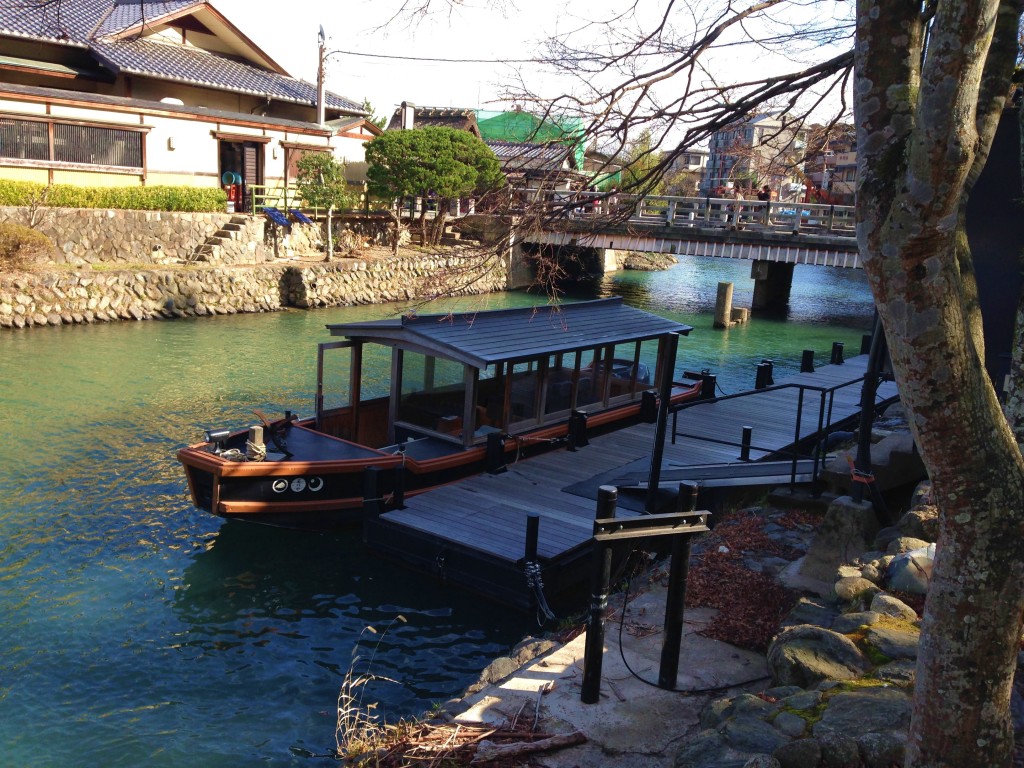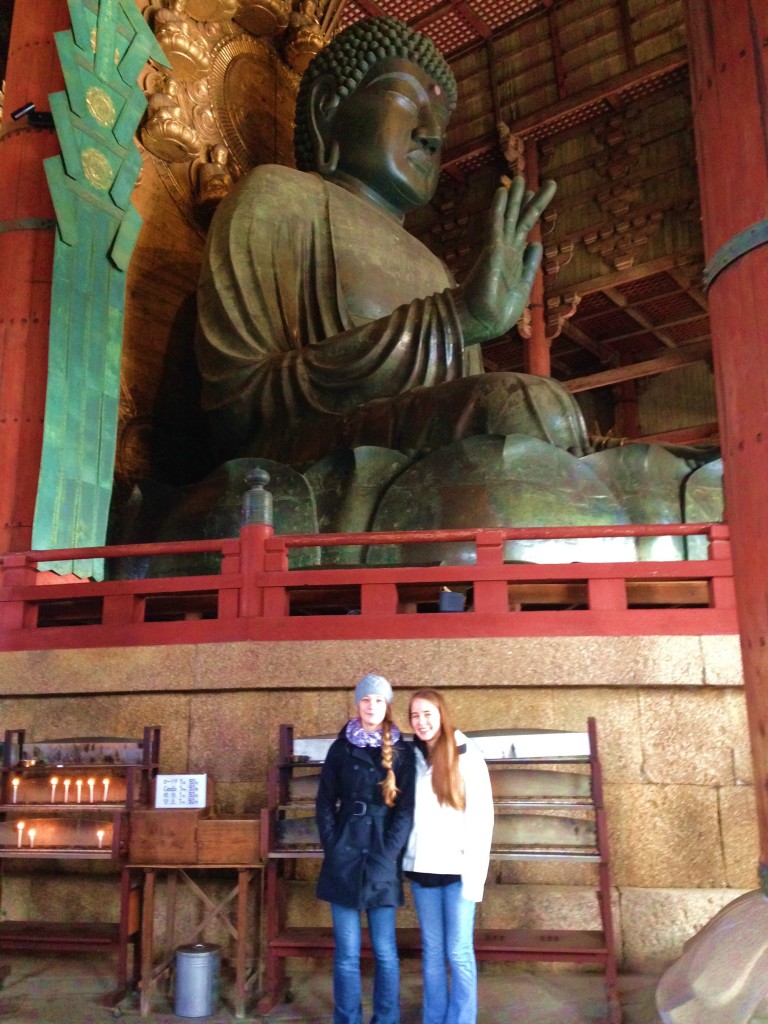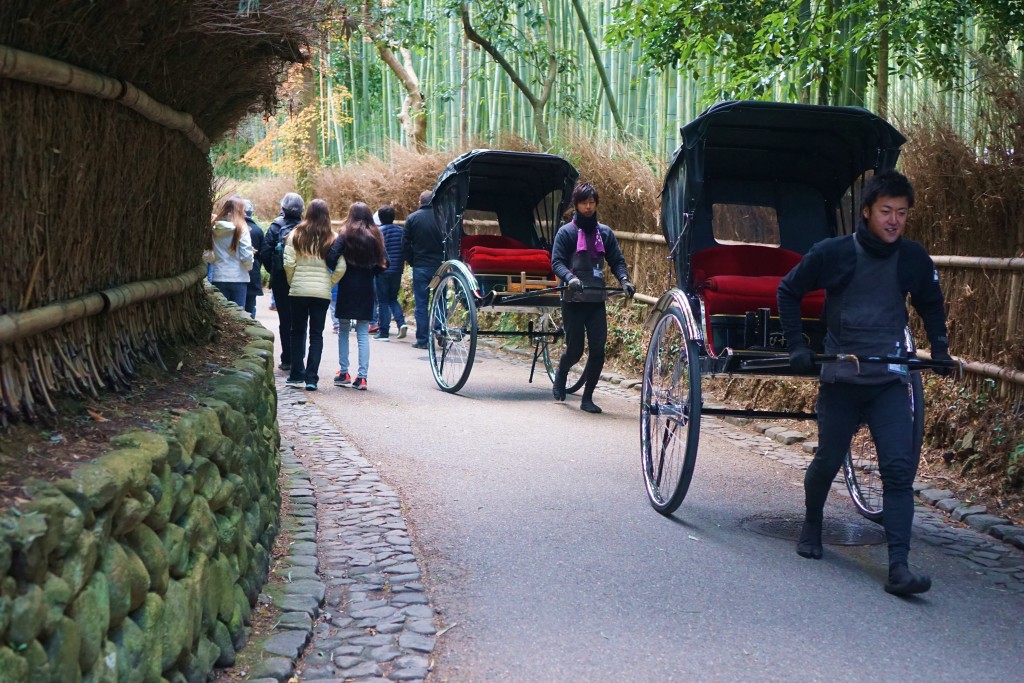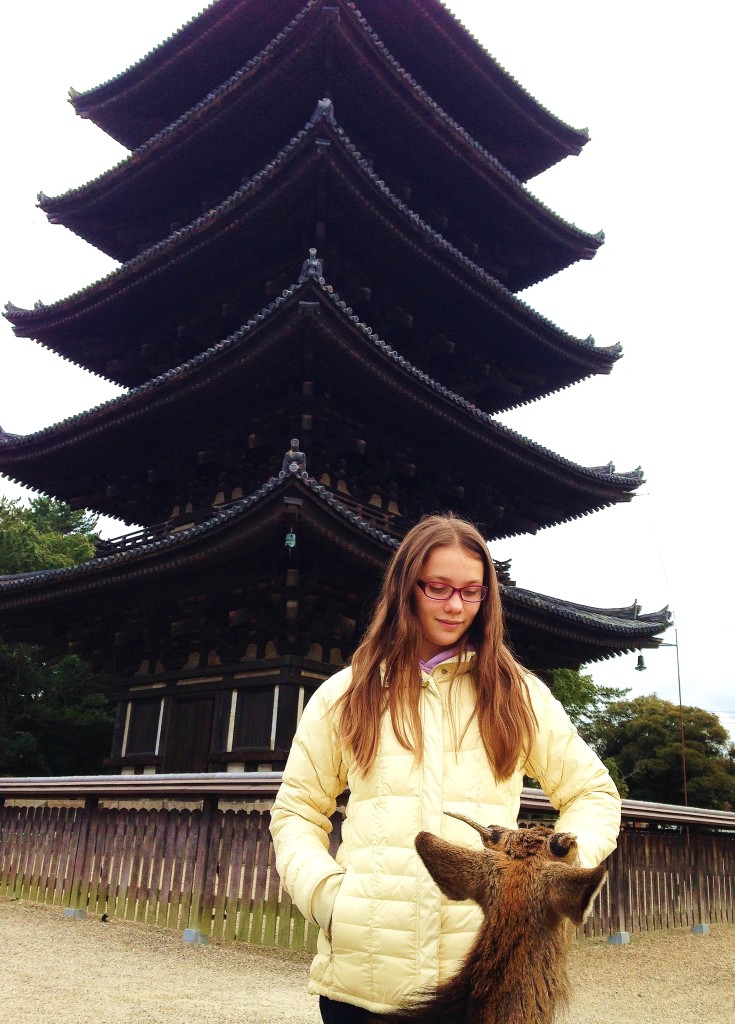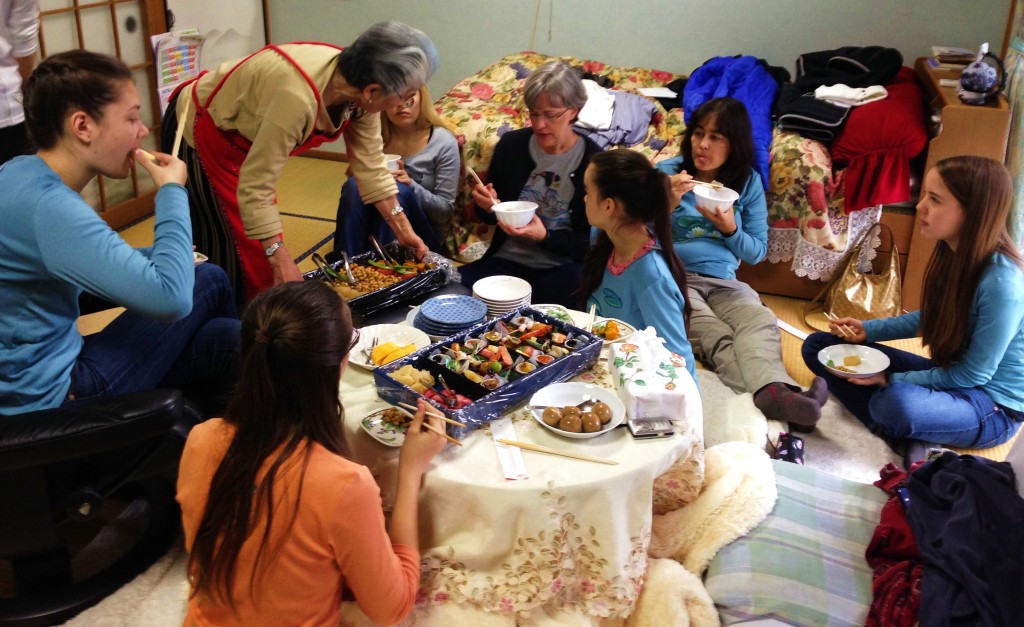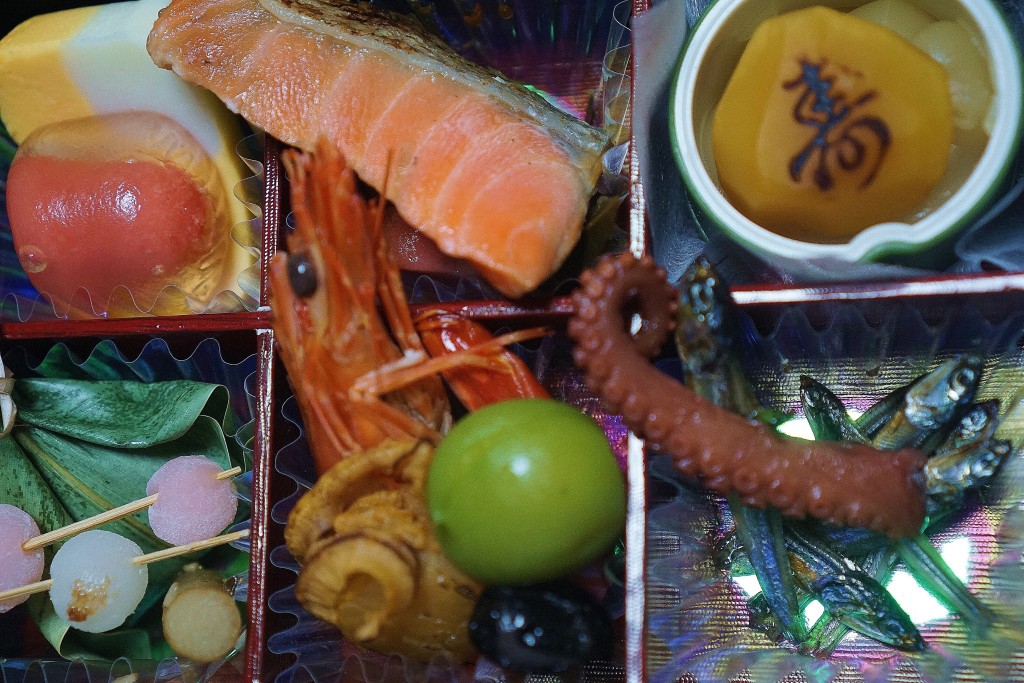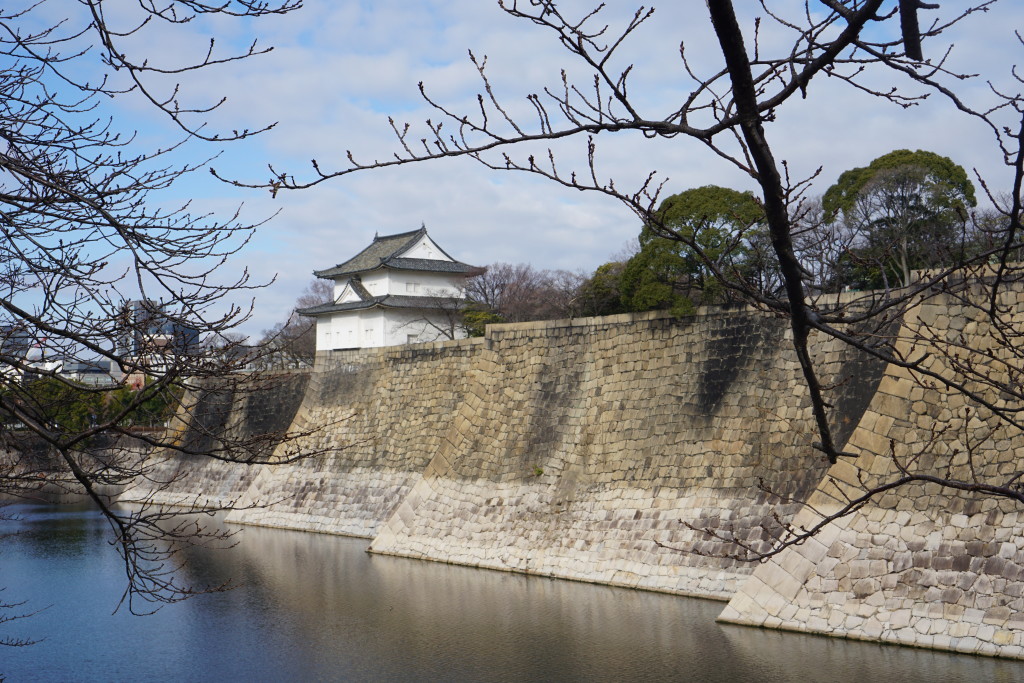Family heritage travel. Otherwise known as visiting the far flung countries of your roots with everyone from grandma to grandkids, or as some refer to it, have-you-lost-your-mind travel. Don’t listen. These trips yield profoundly significant memories and strengthen bonds between the primary people of your life. In the end, the rewards make the effort worthwhile.
The nature of these trips make the logistics complex, as these trips are among the most complicated to organize due to all the moving parts and personalities, wheelchairs and strollers. Despair not! Or maybe grab a modest bowl of ice cream before we continue.
Twice we’ve done treks to the other side of the world to explore our roots, with our entire clan. One was to Japan the other to Germany. Both trips were with 13 people with an age range from toddler to the mid 80s. The trips were 2-3 weeks long. Here’s what we learned about logistically launching these journeys.
Before we talk about how, let’s talk about why. Why on earth would you make this mammoth collective effort? Simple. We wanted the grandkids to know their roots. Don’t just focus on the locations, food, sites. Those are obvious. Focus on the stories. In the travel lulls, like waiting for a train, my sister was a master at starting a story huddle, “Hey dad, tell everyone the story about…” We’d crowd around and listen. These stories were at the core of why we were all there.
1. Connect the Group
Agree on the preferred way to communicate. Set up a group online or a dedicated site if you have keeners on board. In our case we had some older people who only did email and a few others who only used phones. Designate one person to connect with the older folks to get input and keep them up to date on the planning, otherwise they may fall through the no-wifi cracks.
2. Save the Date
It’s not a wedding but will sometimes feel like you’re planning one. Nail your dates down way in advance. Some people need to put in vacation requests a year in advance. On both trips we had people arriving a few days later or leave a few days earlier than the rest of the group due to work commitments. If you have relatives you are hoping to connect with, make sure you also clear potential dates with them.
3. Designate the Captains
Have an initial family meeting or conference call to figure out how you want to organize this beast. Best to hammer this out at Christmas or some time when you’re all together. Options:
- Group forum online where everyone has input in the plans. Like most democracies, it can get complicated as not all suggestions may be accommodated.
- Find one captain, like we did. People in my family are insanely busy. For our recent trip to Japan we’d all agreed on dates, but no one was getting around to the itinerary. We found a captain. Not metaphorically, literally. My nephew, an Army Ranger Captain and his wife, stepped in and rescued us from our procrastination, without push-ups. Whew.
- Form a small planning group with one rep per family. This is an ideal model in since every family has input. This takes the planning burden off of one person and puts it to a small number, which also makes decisions easier.
4. Delegate
Kids gather information at lightening speed. Throw out a question to find the best attractions in a certain city and they’ll return with a power point in fifteen minutes with a slide show, average weather temps, google maps street view and trending shoe styles of the region. Put those little geniuses to work. Pair up an older grandkid with a grandparent to keep them informed on plans and to extend any concerns to the larger group.
3. Prioritize Destinations
The trip focus is places of your roots. Plan the priority places first, where a grandparent grew up, worked, went to school. Decide which cities or towns can be grouped together.
4. Attractions
Next, pad the itinerary with other attractions that may fit around the must see locations. Our clan crowd-pleasers include zoos, museums, aquariums. This will depend greatly on what city or town you are visiting.
5. Homes and Hotels
Next we would decide what neighborhood was closest to the attractions we wanted to visit. Our first choice is for everyone to stay in the same hotel, but that doesn’t always work. Due to price points, family sizes, preferences, elevator availability, not everyone stayed in the same hotel. My mom’s double knee replacement meant we needed one hotel with no stairs. We tried to keep the hotels close together, and it always worked out. We also stayed with German relatives in Bavaria and Berlin, which was incredible.
6. Group Movers
We usually do a mix. In cities we used public transportation for those who are
able. The kids think it’s fun to ride trains, buses, the subway. For those less mobile or are very young and tired, we’d put them in cabs. In Germany most of us took the Ice fast train from Bavaria to Berlin. My mom didn’t want to do that, so my husband drove the older folks in a car. Be creative until all the pieces fit together.
7. Activity Choices
Other than the heritage spots like to see Grandma’s bakery, all other activities were optional. We usually had supper together in a restaurant when we would talk about the options for the next day. On any given day there were usually two to four options to choose from. Some would go to a literary or art museum while others with little ones went to the zoo. This is a natural way to mix up family groups and allowed for people to enjoy their areas of interest. Worked great.
8. Naps
Older people need naps, younger people need naps, tired people need naps. This is especially so when traveling. Sometimes we would set out for the day and after lunch parents would rotate to go back to the hotel with the older and younger people who needed naps before supper. Tolerance of togethering varies from person to person. If people were tired, needed some away-from-the-clan time, down time, work time, they took it.
9. Feeding Your Masses
Heritage trips will often take the group to remote locations that don’t offer a wide variety of food options. Our group also came with the following dietary needs, two vegetarians, one pescatarian, three older people with restricted diets, a handful of people who must be cholesterol careful, and one supertaster. The biggest challenge was finding vegetarian options in Japan since most dishes include some type of fish essence. Most of the time we were able to find a restaurant that would take our big group, sometimes we would split up into groups. You can always meet up for ice cream afterwards.
10. The Memories
Once you get home, you’ve made many memories that are once in a lifetime, for real. Before you split and go your separate ways exchange pictures while still together. Once you get home, it’s more difficult to gather all the pictures from all the different households and cameras. My sister had an extra hard drive that we loaded pictures onto. If this doesn’t happen before you leave, share albums on fb or one of the other online picture apps. Make a hard copy memory book for the older folks so they have something to look through to remember the amazing trip they took with their kids, grandkids, and great grandkids.
These trips are irreplaceable, truly rare trips of a lifetime. Nothing will be more of a pain to plan and execute and nothing will feel more rewarding when you pull it off. Enjoy every crazy moment of togetherness.
